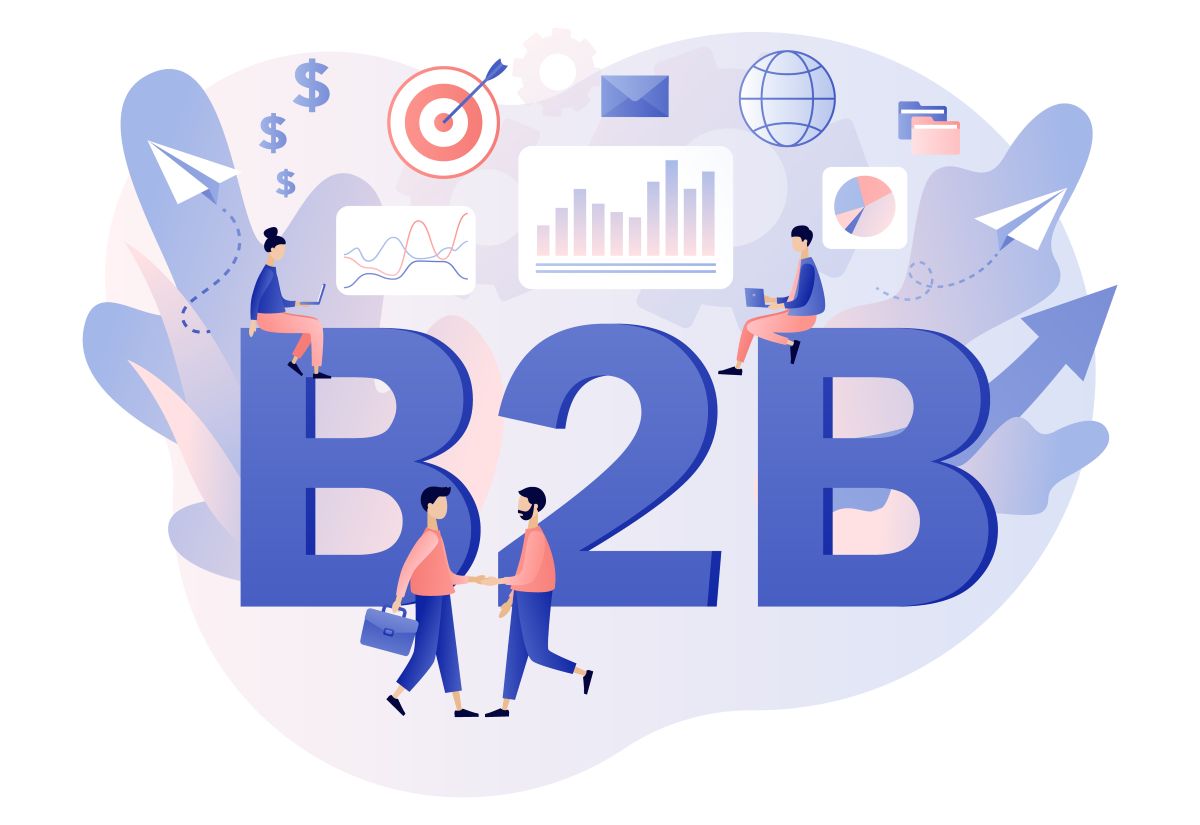The B2B buying process is no longer a linear path—it’s a complex journey involving multiple stakeholders, extended decision cycles, and a growing demand for personalized, value-driven experiences. For marketers and sales teams, understanding how B2B buyers think, research, and decide is essential to influence purchasing decisions and accelerate conversions.
This blog unpacks the modern buyer’s journey, explores evolving B2B purchasing behaviour, and offers actionable strategies to align marketing and sales efforts across the sales funnel.
Understanding the Modern B2B Buyer’s Journey
Gone are the days when sales reps controlled every stage of the sales cycle. Today, B2B buyers are self-driven, digitally savvy, and rely heavily on peer reviews, content, and independent research before reaching out to a vendor.
Key Stages of the B2B Buyer’s Journey:
- Awareness Stage: The buyer identifies a problem or opportunity.
- Consideration Stage: The buyer researches and compares possible solutions.
- Decision Stage: The buyer shortlists vendors and moves toward purchase.
Each stage requires tailored content and engagement strategies to guide the buyer forward.
Key Characteristics of B2B Purchasing Behaviour
1. Multiple Decision-Makers
Most B2B purchases involve 6 to 10 stakeholders. These individuals often come from different departments—finance, procurement, IT, or operations—each with unique priorities.
2. Longer Sales Cycles
B2B deals aren’t made overnight. The process can span weeks or months, involving product demos, budget approvals, and vendor evaluations.
3. Data-Driven Decisions
Today’s buyers expect factual, ROI-driven content—whitepapers, case studies, competitor comparisons—to validate their decisions.
4. Digital Touchpoints First
A significant portion of the buyer’s research—up to 70%—happens online before engaging a sales rep. This makes digital presence and content marketing more crucial than ever.
Aligning Marketing and Sales Across the Sales Funnel
To succeed in the B2B space, marketing and sales must work hand-in-hand, delivering the right message at the right stage of the funnel.
Top-of-Funnel (TOFU): Build Awareness
- Leverage SEO-optimized blogs, infographics, and social content.
- Educate buyers on problems they may not yet fully understand.
- Use tools like LinkedIn Ads to target specific roles and industries.
Middle-of-Funnel (MOFU): Nurture Consideration
- Provide solution comparisons, webinars, and email drip campaigns.
- Segment leads based on behavior and engagement.
- Introduce sales reps to guide conversations, not pitch prematurely.
Bottom-of-Funnel (BOFU): Drive Decisions
- Share customer testimonials, ROI calculators, and product demos.
- Address objections with FAQs and tailored case studies.
- Ensure fast, personalized follow-ups from the sales team.
How to Optimize for the B2B Buying Process
Here are some actionable tips to help your team better navigate and support the buying journey:
- Create content for every stage of the funnel, mapped to buyer intent.
- Use lead scoring to prioritize prospects based on readiness and engagement.
- Enable sales with marketing collateral they can use during live conversations.
- Analyze conversion metrics across stages to refine your approach.
- Embrace automation and CRM tools to ensure no lead falls through the cracks.
Conclusion
The B2B buying process is evolving, and businesses that adapt will thrive. By aligning with the buyer’s journey and understanding key shifts in B2B purchasing behaviour, marketing and sales teams can build trust, shorten sales cycles, and close more deals.
Success in B2B isn’t just about having the best product—it’s about being the best guide through a buyer’s complex path to purchase.




